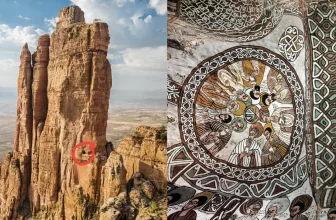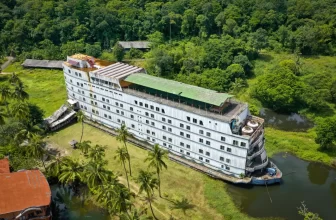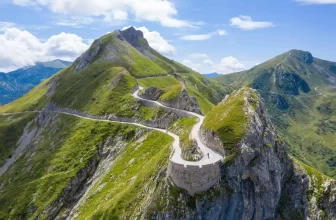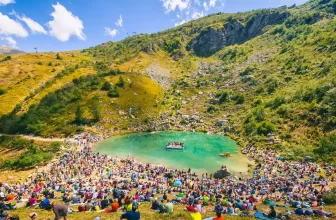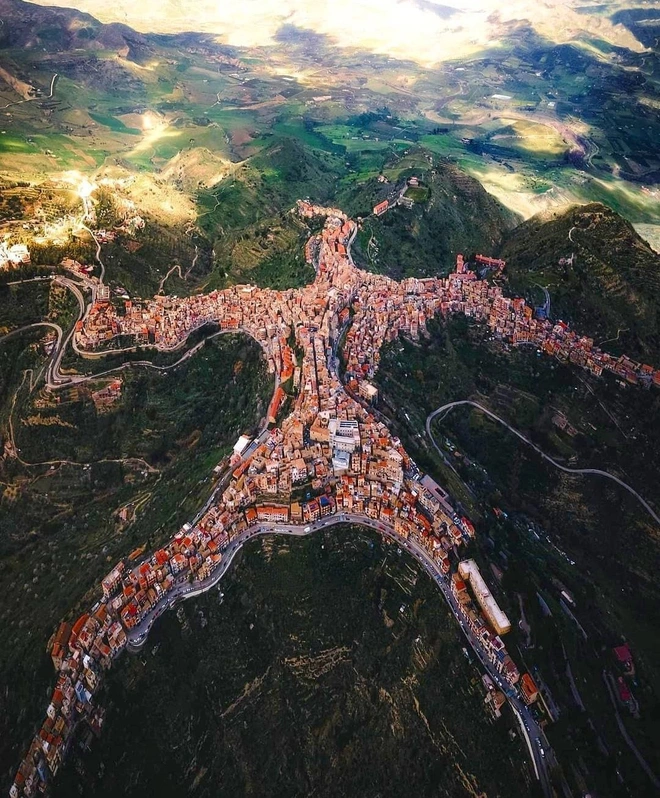
Centuripe is a town in east-central Sicily, Italy. It is situated on a ridge between the Simeto and Dittaino rivers near Catania. The town is situated at an elevation of 2,402 feet (732 m). In the sixth century BCE, the Greek historian Thucydides identified the Siculi as a state in Sicily (ancient Sicilian tribe). The Centuripae, which Thucydides called a city of Sicily, allied with Athens to repel Syracuse. The city was subjugated by Rome during the First Punic War. The city had evidently fallen on hard times since the Romans fought against Sextus Pompeius, the son of the legendary Pompey the Great, and did not recover. In 1233, Frederick II, king of Germany, destroyed Centuripe and most of its inhabitants migrated to Augusta. Charles of Anjou finished the job in the twelfth century, when Francesco Moncada, Count of Adernò, ruled as a county. It reverted to the Italian kingdom in 1860 after being ruled by Moncada’s descendants as a county.
The small village was already known for its wealth of Roman ruins and rare ancient sculptures, but Peri really spotlit its geography. After noticing its unusual shape on Google Earth, he decided to use his drone and see what he could find. He sent his drone as high as it could go and verified what he’d seen online—Centuripe looked like a human! With its five points that sprawl out from a central mass, the design of the village actually makes a shape that looks like a person.
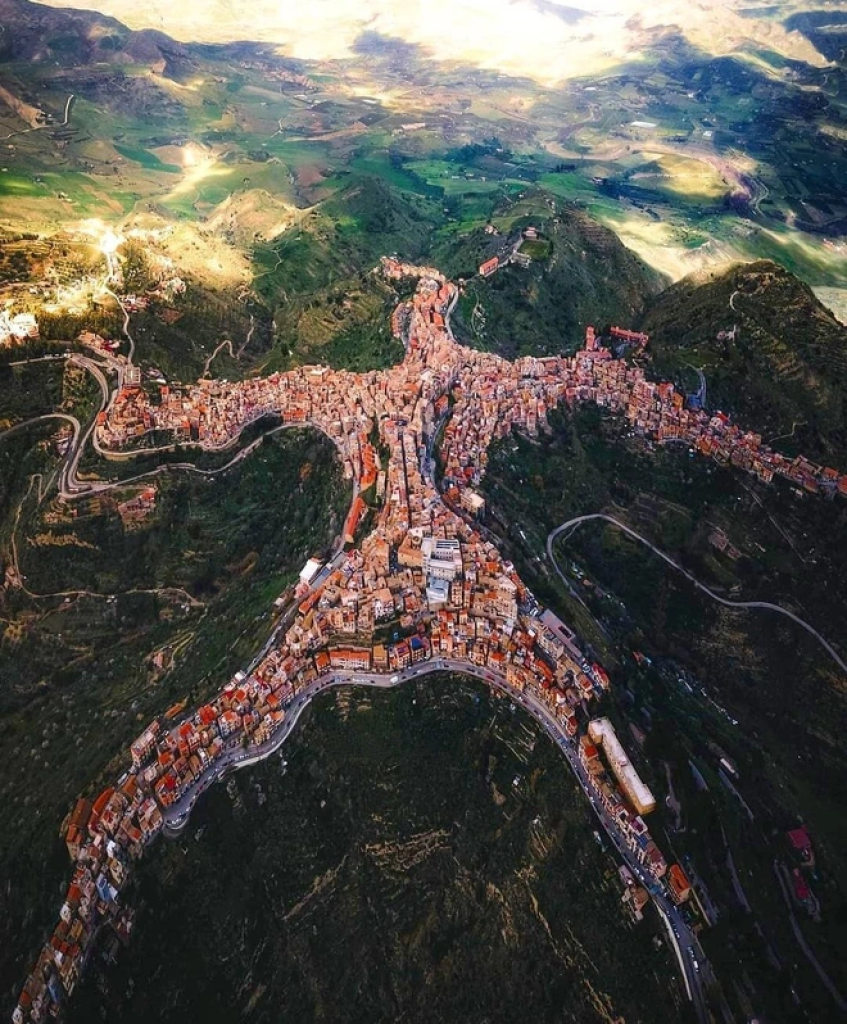
The central role of agriculture in classical antiquity cannot be overstated, especially in the case of Sicily. The island’s history is synonymous with its vineyards, olive groves, and citrus orchards. This agricultural ubiquity is largely thanks to a practice called Centuripe. What Is Centuripe? Centuripe refers to the collective practice of rotating farm owners or tenants among different properties. It was a way for small-scale producers to share their land, as well as reduce risk; not only could you lease someone else’s property but you were also renting another person’s equipment and crops as well. This helped Sicily become one of the world’s most agriculturally productive places during classical antiquity and provided a foundation for the island’s agrarian economy well into modern times.
Regions and cities of Italy
If you have ever wondered where exactly you are, this guide will help you put the place you are in context. The country of Italy is divided into regions and cities. There are 22 regions of Italy and many cities within each region. The regions are largely based on historical, cultural, and geographical areas. For example, the Molise region is based on the area around the capital city of Campobasso while the region of Calabria is based on the area around the capital city of Catanzaro. The regions are also often based on the most important area of production such as wine production in the Abruzzo region, olive production in the Molise region, and citrus fruit production in the Campania region.
Centuripe: Geography and climate
Sicily is an island located between the Italian mainland, Tunisia, and Malta and is approximately in size. The island is mountainous and encompasses a wide range of landscapes including high plains, coastal plains, and high mountains. The climate of the island is Mediterranean. In winter, the island experiences mild temperatures with mild winds. Summers are warm with occasional rain. Spring and fall are transitional seasons. In summer, the island experiences the longest daylight hours in Europe and the Mediterranean Sea is usually warm enough to allow swimming. In winter, temperatures are mild with little rainfall.
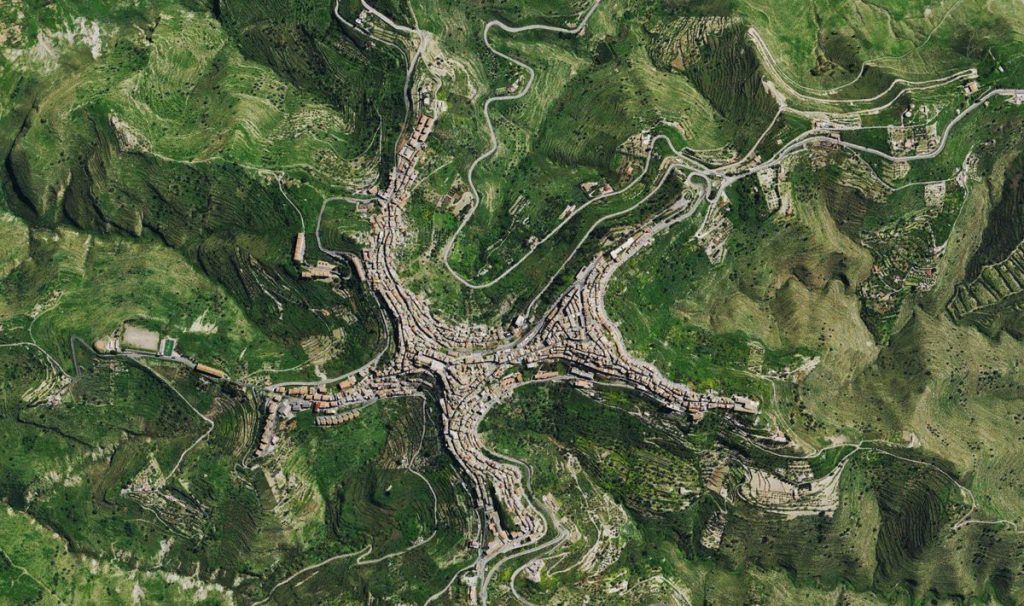
History of Centuripe
Ancient Greeks, who were masters of agricultural technology, introduced the Centuripe system to Sicily. In the classical period, Sicily was one of the richest agricultural areas in the world, producing wheat, olives, figs, grapes, and other fruits. The introduction of the Centuripe system by the Greeks meant that all the landowners in the island were linked to one another and thus had access to the best agricultural techniques and improved crop yields. This system is believed to have been in place for nearly 1,000 years and was abolished only after the Norman Conquest in 1091 AD. Centuripe was part of the Greek expansionism in the sixth and fifth centuries BC. The island was invaded by the Carthaginians in the fourth century BC and remained under their rule until the third century BC.
Patron saint of Centuripe
The patron saint of Centuripe is Saint Martin of Tours. Saint Martin was a Gallo-Roman soldier who came to the island of Sicily in 401 AD. He was the first bishop of the city of Syracuse, which is the second largest city in Sicily. He was also the first bishop to convert the pagan Europeans to Christianity. For this reason, he is known as the patron saint of farmers and merchants. The ancient Romans had a tradition of celebrating a feast named “Ludi saeculares” in honor of Saint Martin on November 11. The feast marks the end of the farming season in Europe as well as the beginning of the harvest season in August.
Culture and sightseeing in town
The culture of Sicily is heavily influenced by the traditions of the mainland of Italy and other countries in the Mediterranean such as Greece, so it is often difficult to identify a specific Sicilian culture. However, the cuisine of Sicily is famous all over the world and is a great way to discover the local traditions. The best way to experience the Sicilian culture is by visiting the historical sites of the island. This is a great way to learn about the history of the island as well as see some of the famous buildings. The most important site in Sicily is the ancient city of Syracuse. The city was one of the most important cities on the island during its time and was even the capital of Sicily. The city was destroyed in a fire in the year AD 192 but was restored a few years later. The city was important in the development of agriculture and the culture of Sicily in general. Other important sites include the Roman cities of Pompeii and Herculaneum. The ruins of these cities are well-preserved and provide a great insight into the lifestyle of the people of the two cities. The ruins of these cities also provide a lot of information about the eruption of Mount Vesuvius in AD 79.
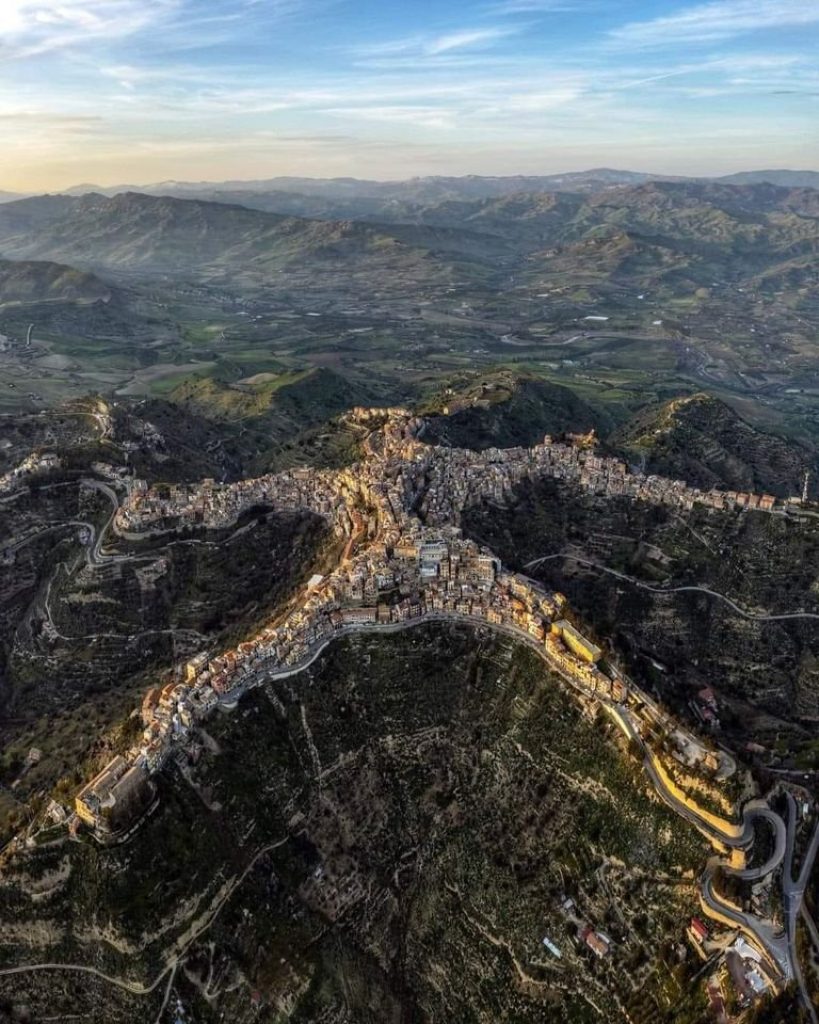
Sports activities in Centuripe
Sicily offers many sporting opportunities. Visitors can practice horse riding in the countryside around the island, or visit the international equestrian centre at Seil Island. Swimming in the blue waters of the Mediterranean is also a popular activity. Visitors can also enjoy fishing in the rivers, lakes, and coastal waters or hiking in the mountains. Fishing is especially popular in the summer when the fish are at their most active. There are also many golf courses on the island and visitors can play a round while exploring the island.
Restaurants and nightlife in Centuripe
There are many great restaurants and bars in Sicily. One of the best ways for visitors to experience local food is by visiting a local restaurant. There are many great options for traditional Italian food, which is the most popular cuisine in Sicily. Many restaurants also offer great seafood dishes, which are abundant in the Mediterranean Sea. The nightlife in Sicily is also very popular and there are many bars that serve Mediterranean music. Visitors can enjoy live music or drink at one of the many dance clubs.
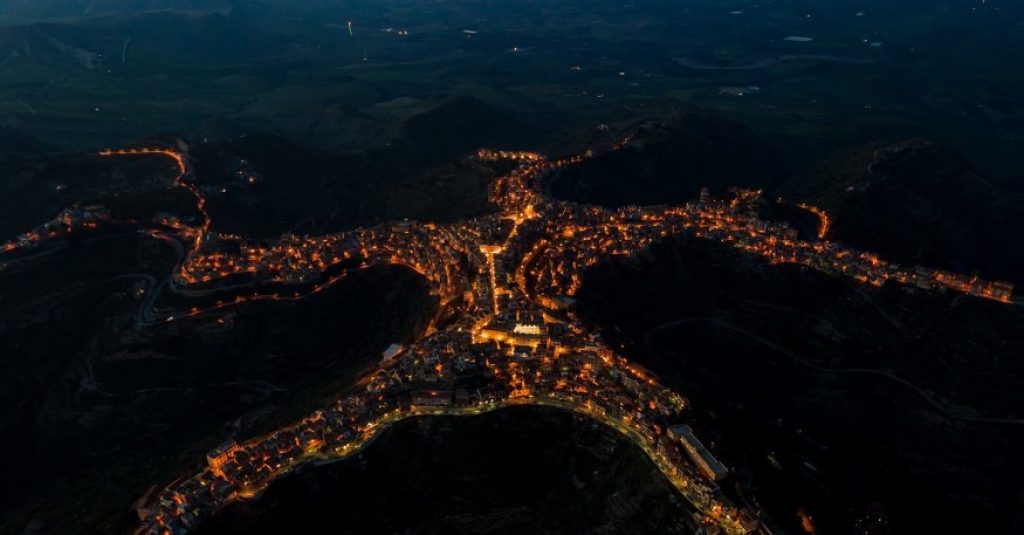
Conclusion
Sicily is one of the most agriculturally productive places in the world, and classical antiquity was also one of the most agriculturally productive times in human history. In order to understand this agricultural success, it is important to understand how it came to be. Centuripe is the key to understanding classical antiquity in Sicily and should be explored by all visitors to the island.


